Canon EOS 5D MkII Review
Canon EOS 5D MkII
It’s the one everyone’s been waiting for. Everyone with £2,100 to spend on a camera, that is.
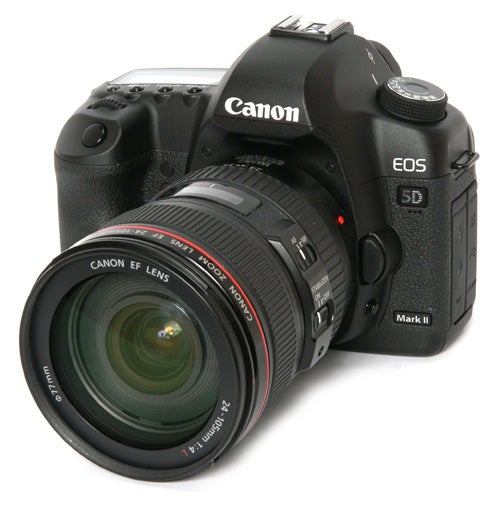
Verdict
Key Specifications
- Review Price: £2100.00
This camera has now been superseded by the Canon EOS 5D Mk III.
Sometimes this job makes me cry. I’ve been hanging on to the EOS 5D Mk II, and the awesome 85mm f/1.2 lens that arrived along with it, for as long as humanly possible, but on Monday it has to go back to Canon, where it will have the drool professionally cleaned off it and then be loaned out to some other camera journalist who will be putting his filthy hands all over it by this time next week.
It feels like being dumped by a girlfriend on Friday, and then finding out she’s already found a new boyfriend by Monday. It’s doubly galling because I know that there’s no way I can afford to buy a camera like this for myself, so you wretched ingrates had better get clicking on those adverts. He’s kidding – Ed.
Announced in time for the Photokina camera show in September last year, the EOS 5D Mk2 is, as you may have guessed from the name, the long-awaited replacement for the ageing but still popular EOS 5D, which was launched in 2005 and is widely regarded as a classic. 
Following such a successful camera was never going to be easy, but Canon has taken its time and has come up with a combination of technically advanced contemporary features that makes the EOS 5D Mk2 a more than worthy successor.
The main features are impressive enough. It has a 21.1-megapixel full-frame 36 x 24mm CMOS sensor, live view shooting on a 3.0-inch LCD monitor with a resolution of 920,000 dots, an advanced DIGIC 4 processing engine, 1080p HD video recording with a connection for an external microphone, and an extended maximum ISO setting of 25,600. 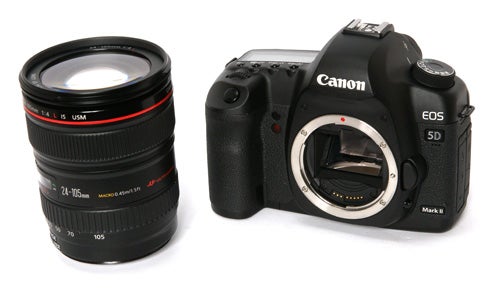
The body is cast from magnesium alloy with environmental seals against dust and moisture, it has an integrated sensor cleaning system and it can shoot at 3.9 frames per second. It also costs around £2,100 for just the body, and those full-frame Canon lenses aren’t cheap. A basic EF 24-105mm F4.0 IS USM kit lens will add another £400 to the price, and that f/1.2 85mm costs over £1,700. This is a camera expressly designed for those who are very serious about their photography, and who both want and can afford the very best.
When the original EOS 5D was launched it had almost no competition. The only other full-frame DSLR available at the time was its big brother the EOS 1Ds Mk2, which was much larger and heavier, and considerably more expensive (the EOS-1DS was around £5000). The lightweight and (relatively) reasonably priced EOS 5D brought the advantages of full-frame photography within the reach of amateur photographers, and more importantly within the reach of many thousands of existing owners of Canon 35mm film SLRs, who could now afford to use their lenses on a digital camera. It’s really not that surprising that it was so successful.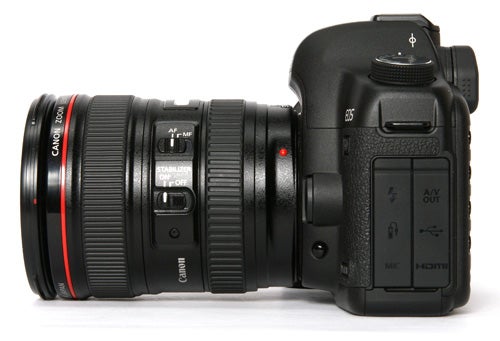
Five years on however the 5D Mk2 isn’t going to have it so easy. Most of those 35mm users will have already made the switch to digital, and it also doesn’t have market all to itself any more. It has to compete with two very good lightweight full-frame DSLRs, in the highly accomplished shapes of the Nikon D700 and the Sony Alpha A900, both of which are over £300 cheaper than the Canon camera. The 12.1-megapixel D700 might appear to be outclassed by the 21.1-megapixel 5D Mk2, but its advanced 51-point AF system, 5fps shooting speed and impressive high-ISO noise control should not be dismissed lightly. The Sony A900 is an even more formidable opponent. It has a 24.6-megapixel CMOS sensor, built-in sensor-shift image stabilisation and sensor cleaning, 5fps shooting in Raw+JPEG mode, a tough weatherproof body and what is widely acclaimed as the best viewfinder on the market. Against such competition the EOS 5D Mk2 may be in for a rougher time than its illustrious predecessor.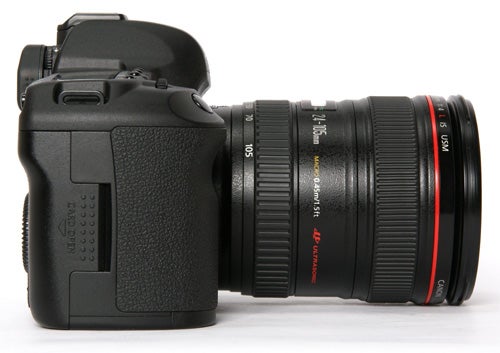
Physically the Mk2 is clearly its father’s son. The body is almost exactly the same size and shape as the original 5D, measuring 152 x 113.5 x 75mm, and has exactly the same body-only weight of 810g, although adding the new 1800mAh battery pushes this up to 890g, or just shy of two pounds. This new battery is significantly more powerful than the 1350mAh pack in the 5D, and has greatly improved cold weather performance. One of the Mk2’s new features is an option to keep track of the charge and overall condition of several batteries, and the charge level can now be expressed as a percentage, similar to Sony’s InfoLithium cells.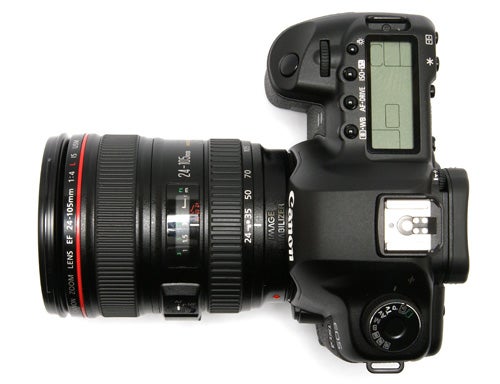
The camera’s controls are also virtually identical to the previous model, with Canon’s familiar two-wheel system. The menu has had a thorough overhaul to improve its appearance, and now includes an on-screen quick menu similar to those used by Sony and Olympus, navigated via the small joystick control to the right of the screen. Although this does provide quick access to all the main shooting functions, the control logic is a bit counter-intuitive at times. While the joystick is used to navigate and select which item to adjust, the actual adjustments are made using the two data wheels (the large wheel on the back of the camera and the smaller finger wheel just behind the shutter button), and it’s not always obvious which controls what. In the Sony and Olympus menus, the D-pad can be used to make adjustments as well as selections.
The main menu is rather daunting in its complexity, but among its nine pages and dozens of options it does provide more customisation of every aspect of the camera’s operation and performance than anyone could ask for. It’s certainly not recommended for beginners, but in the hands of an experienced photographer it
It’s the extra features that will sell the 5D Mk2, and the main talking point is of course the HD video mode. It’s not the first digital SLR to offer HD video recording; the Nikon D90 had that honour, but it’s the first to offer it with a full-frame sensor, and also to provide a socket for plugging in an external microphone, which as far as I know is not found on any other still camera. Movie clips are recorded in the Quicktime .MOV format, and are limited to 29 mns 59 secs, although you’ll need a pretty big CompactFlash card to do this. A freshly-formatted 2GB card only provides enough storage space for 5mins 54 seconds of HD video, so you better place a bulk order now.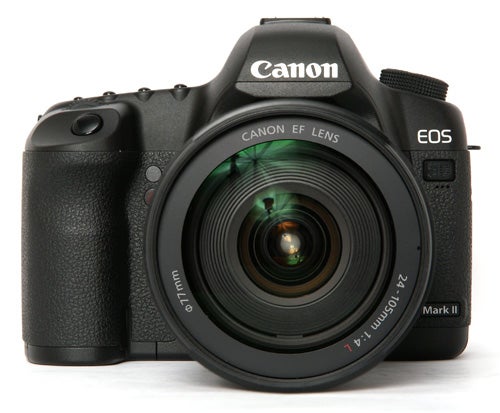
Video recording operates in live view mode, and it takes a bit of setting up to get it to work. First live view has to be activated in the menu, and then the Live Mode focus has to be selected. The 5D Mk2 has two autofocus systems. The main one is a fast phase detection system using nine sensors in a diamond pattern, which is used in viewfinder shooting mode, and can also be used in live view mode but requires a mirror-flip to take a focus reading. The Live Mode is a contrast detection system that uses the main imaging sensor, and is quite a lot slower, especially in lower light. It is this system that is used during video recording, but it doesn’t operate continuously. The AF-ON button has to be pressed to focus the camera, and if it is used while shooting the sound of the AF mechanism is clearly audible on the soundtrack, not surprising since the internal microphone is right next to the lens mount. It’s behind the three small holes just below the 5D badge.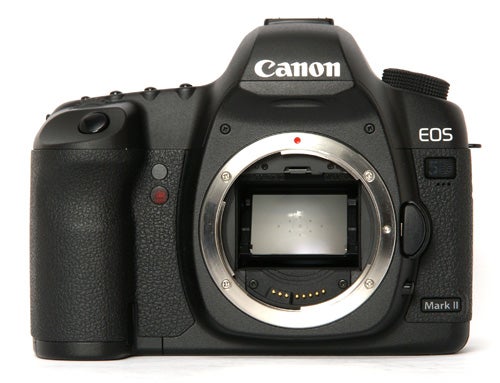
The live view mode itself is better implemented than on some other recent cameras with this feature, with the option to turn off exposure preview simulation. This is very useful for studio work when using external flash and a tripod, since it allows the user to compose the shot using ambient lighting. The monitor is the same 920k 3-inch screen as found on the Nikon D3 and Sony A900, but Canon has added a triple-layer anti-glare coating and automatic brightness control, so it is easier to see in bright sunlight. The brightness control can also be set to manual if you need an accurate exposure preview.
Other improvements are more subtle. The viewfinder has a slightly better frame coverage than the 5D, with 98 percent view, and it now has more information displayed in the finder, including ISO setting, but although it is a nice bright finder it’s still not up to the same standard as the Sony A900. The covers over the various connectors on the left side of the camera body have also been revised and are easier to use, and the connectors in question now include an HDMI socket for connection to a HDTV for still and video playback.
In terms of performance the EOS 5D Mk2 is, as you might expect, enormously impressive, but it is not without its faults. Start-up time is very quick even by DSLR standards, with a delay of less than half a second between switching the camera on and it being able to focus and take a picture. The main nine-point AF system is so quick in good light that it is virtually instant, however it is considerably slower in lower light and I did find it hunting around a bit from time to time in late evening light conditions.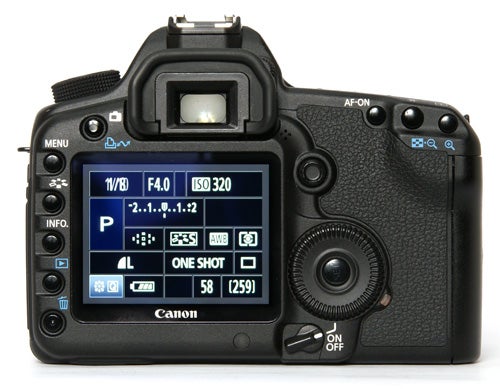
In single-shot mode the shot-to-shot time approximately 0.4 seconds, but in practice it can take pictures just as fast as you can press the shutter button, although if you’re shooting in maximum-size Raw+JPEG the it is possible to fill up the image buffer after 17 shots if you can press the button fast enough. In continuous mode it can hit the advertised 3.9 frames per second, but only in JPEG mode, however switching to Raw+JPEG mode barely slowed it down at all, managing approximately 3.6 frames per second with a 2GB SanDisk Extreme IV CF card. The number of shots that can be taken in a burst depends on the recording mode. The EOS 5D Mk2 has three different Raw file settings; a standard full-size 21-megapixel mode and two smaller modes shooting 9.9MP and 5.2MP Raw files respectively. In JPEG-only mode the burst size is limited only by the memory card capacity, while in all Raw+JPEG modes it is limited to nine frames before the frame rate drops to approximately 1.5fps, while shooting in Raw only the buffer is large enough for 17 shots before the frame rate drops.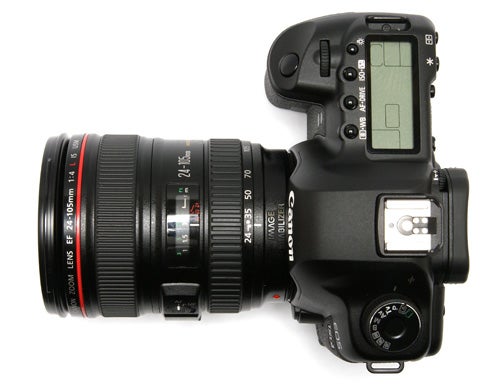
One aspect of the camera’s performance that may be a cause for concern is its appetite for memory cards. In full-size Raw+JPEG mode the combined file size is around 30MB, with the two smaller modes clocking in at 17MB and 13.5MB respectively, with the JPEG-only file size averaging between 5 and 10MB. This means that in the maximum quality mode, which of course most photographers will prefer, a 1GB memory card is only enough for 26 shots.
There is so much to talk about with this camera that I could probably fill another couple of pages and still miss something, but time and space require that I wrap things up, which brings us finally to the vital subject of image quality. As potential buyers (hi Riyad!) will be delighted to hear, the 5D Mk2 performs brilliantly. It has essentially the same sensor as the £5,800 EOS 1Ds Mk3, but the 5D Mk2 pairs it with the more advanced DIGIC 4 processor. From what I’ve seen of the output of the 1Ds, the 5D actually seems to have marginally superior image quality, particularly in the area of image noise control. I won’t beat around the bush with superfluous details when you can look at the following sample images for yourself, but suffice to say that the EOS 5D Mk2 has by far the best image quality of any digital SLR I’ve ever used, and makes APS-C DSLRs look like compact cameras by comparison. The tonal range, depth of colour and the sheer level of fine detail are simply amazing, and the noise control is better than I would have believed possible. There is a faint hint of noise visible at 800 ISO, but images as high as 3200 ISO are perfectly printable, and even the 12,800 ISO extended setting there is still a surprising amount of detail visible.
I’m looking forward to testing a Sony Alpha A900 very soon. I’ve heard very good things about it, but it’s going to have to go some if it’s going to beat the EOS 5D Mk2.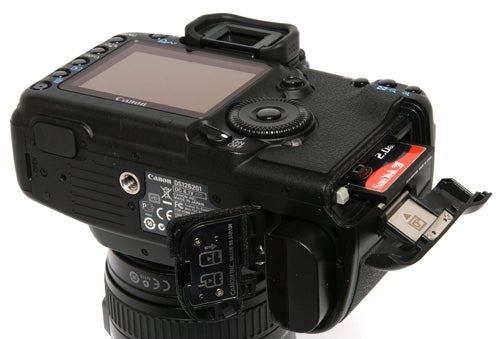
”’Verdict”’
The Canon EOS 5D Mk2 represents the state of the art of current digital SLR design. Its combination of professional-level build quality, superb handling, high-speed performance, class-leading image quality and the added bonus of HD video recording and its other advanced features will be more than enough to satisfy even the most demanding photographer, and it is sure to match the popularity of its illustrious predecessor.
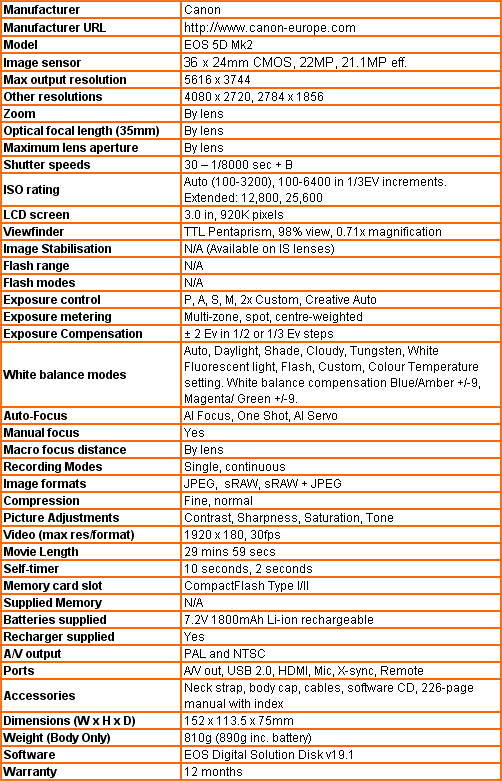
”Over the next few pages we show a range of test shots. On this page the full size image at the minimum and maximum ISO settings have been reduced to let you see the full image, and a series of full resolution crops have taken from original images at a range of ISO settings to show the overall image quality. ”
—-
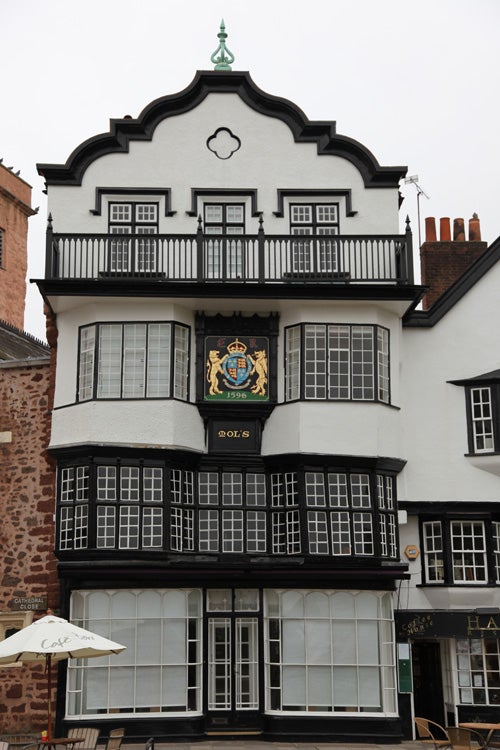
This is the full frame at 100 ISO.
—-
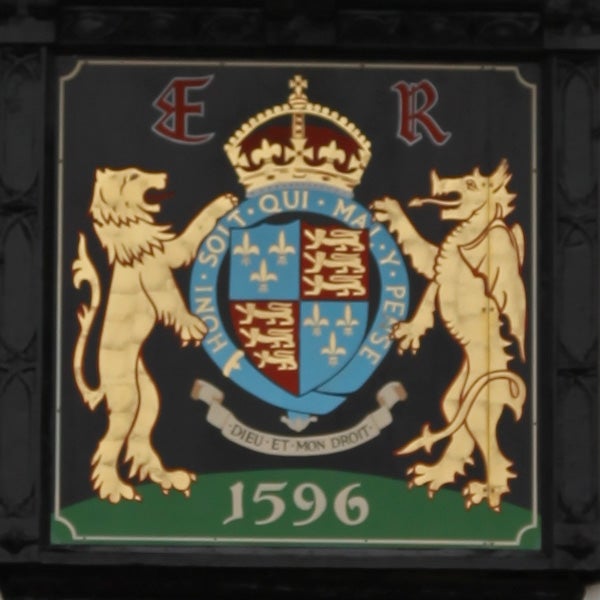
The focusing appears to be slightly off in this shot, but there is no image noise at all.
—-
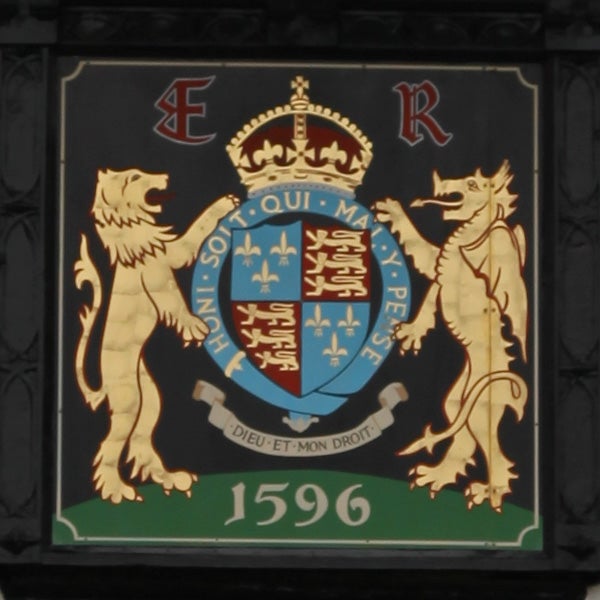
Still no noise t 200 ISO…
—-
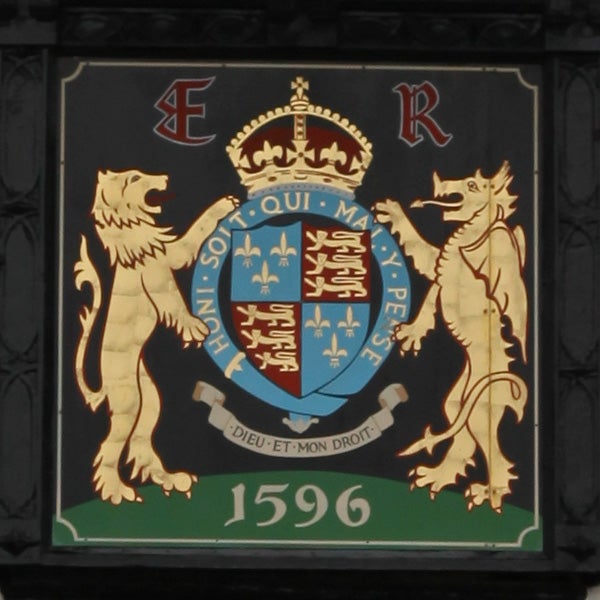
….400 ISO…
—-
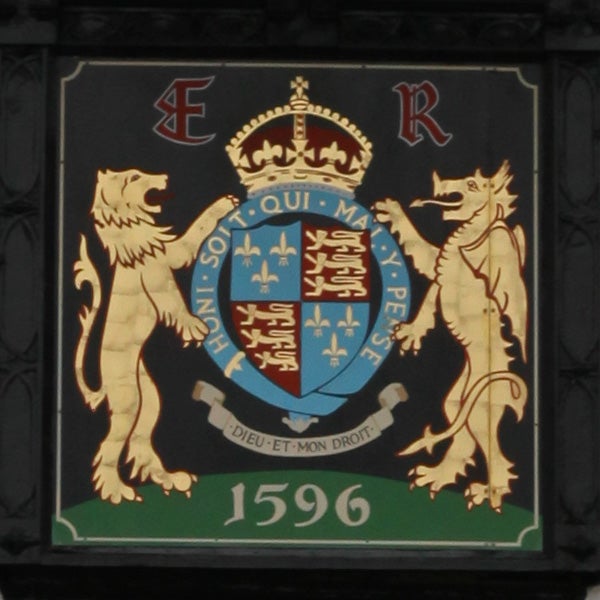
…800 ISO…
—-
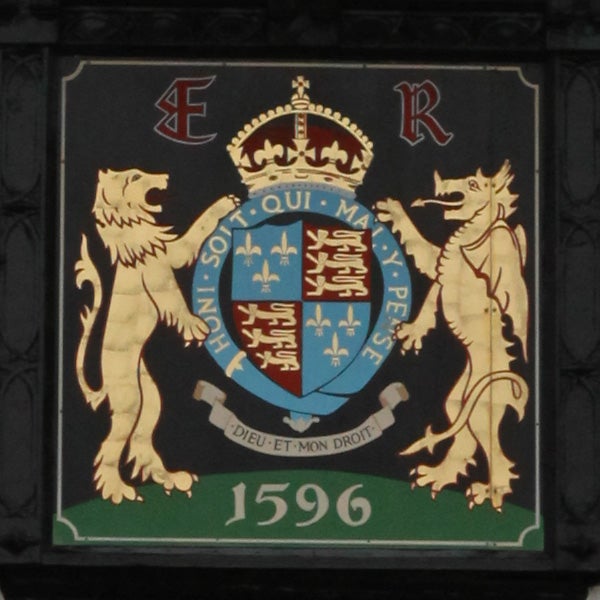
…1600 ISO. There is a tiny hint of noise in the green channel, but barely enough to notice.
—-
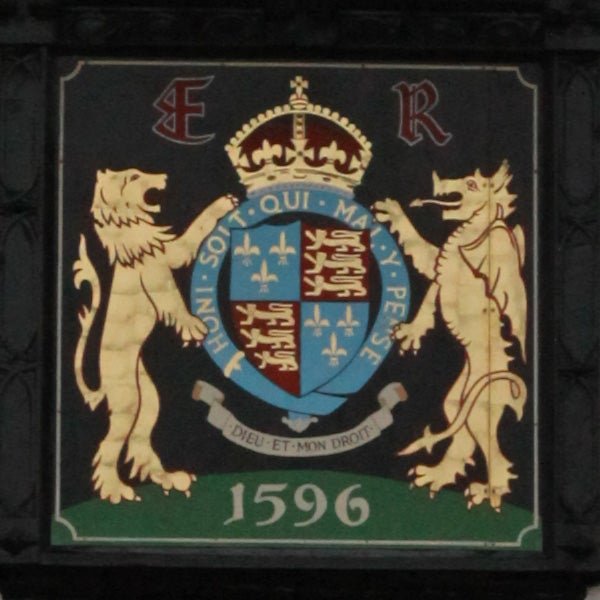
At 3200 ISO there is a smattering of noise all over the image, but it is still quite printable.
—-
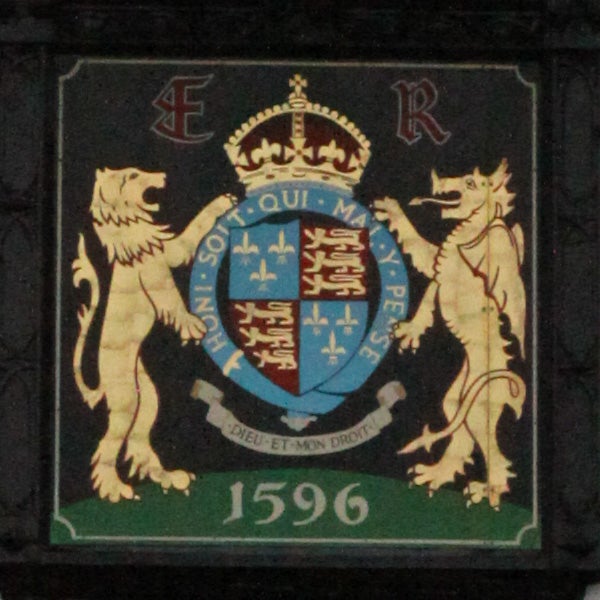
Slightly more noise at 6400, but still plenty of detail.
—-
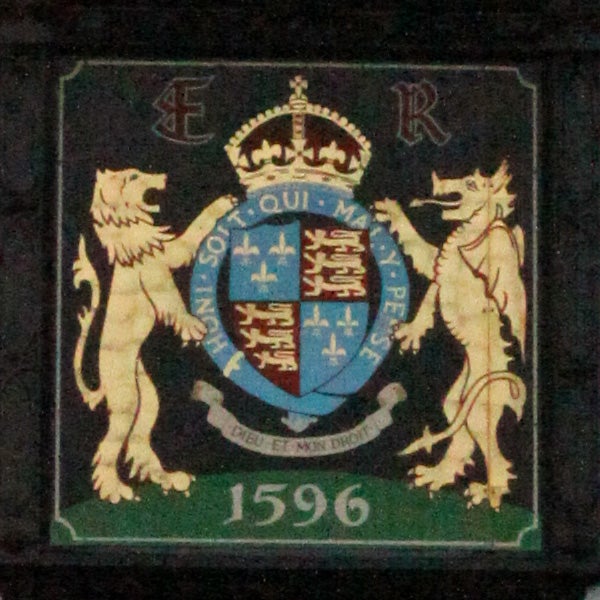
Extended to an uncalibrated 12,800 ISO there is quite a lot of noise, but the banner letters are still readable.
—-
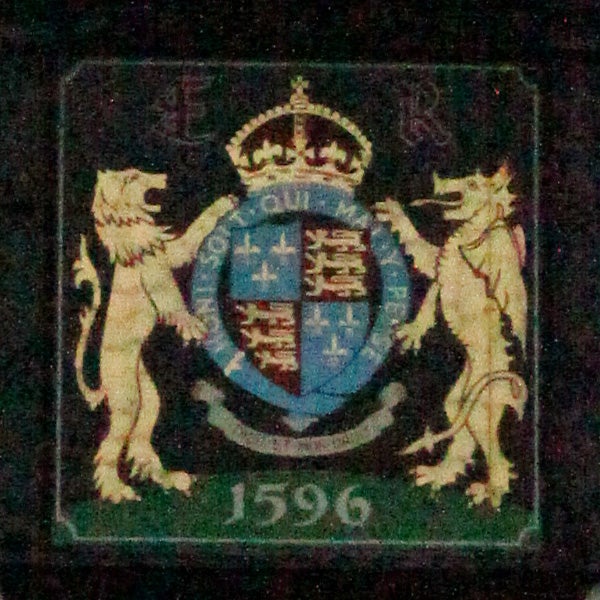
At 25,600 ISO the image quality is finally breaking down, as well it might.
—-
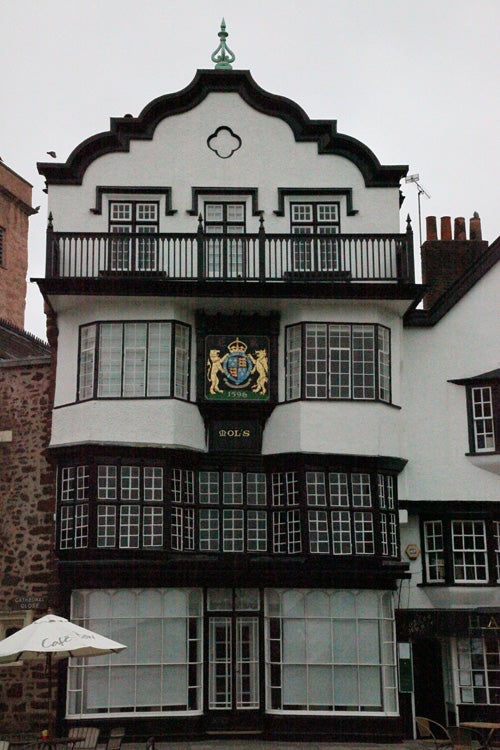
This is the full frame at 25,600 ISO, which I don’t think I’ve ever typed before.
—-
”A range of general test shots are shown over the next two pages. In some cases, the full size image has been reduced for bandwidth purposes, and a crop taken from the original full resolution image has been placed below it to show the overall image quality. Some other pictures may be clicked to view the original full-size image. ”
—-
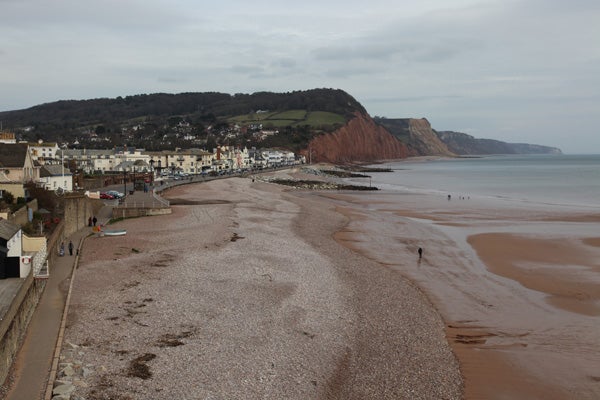
Here’s my usual DSLR test shot of Sidmouth seafront for comparison with other cameras. Click on the image to download a full-size version, but be aware that the file is nearly 8MB.
—-
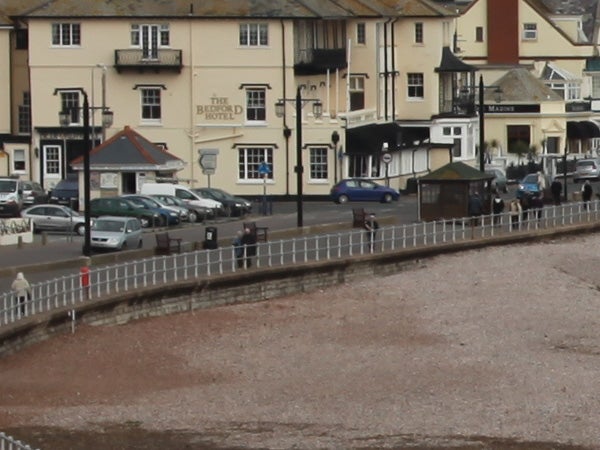
Here’s a crop from the above image. If you compare it with the next-highest resolution DSLR that I’ve tested, the Pentax K20D, you’ll see the difference the 21MP full-frame sensor makes.
—-
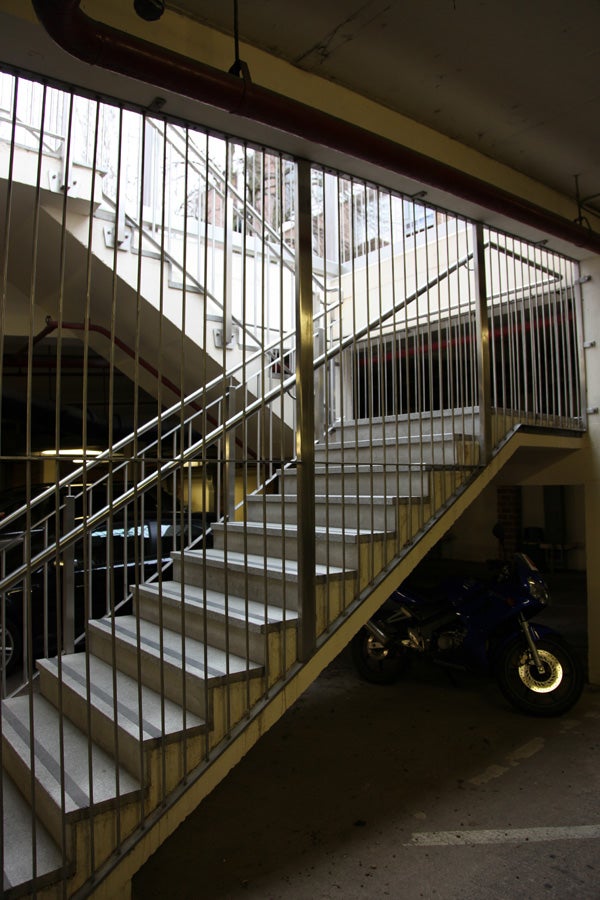
In basic JPEG mose the dynamic range may not look too impressive, but in Raw mode it is possible to pull out a huge amount of extra shadow and highlight detail.
—-
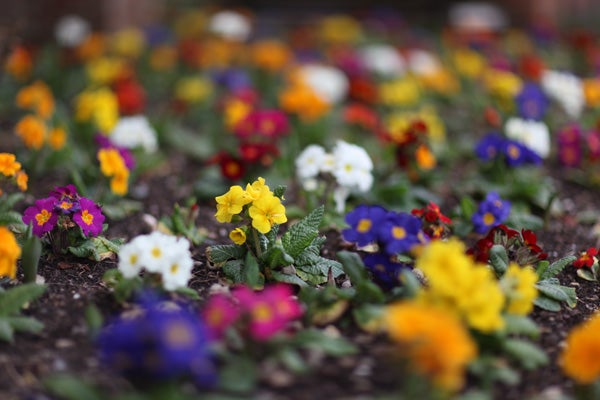
The camera also came with a remarkable f/1.2 85mm lens, with which I was able to take this unusual shot, which also demonstrates the superb colour depth.
—-
”Here are some general test shots to help evaluate the camera’s overall image quality, including the zoom range of the lens. Some pictures may be clicked to download the full size original image.”
—-
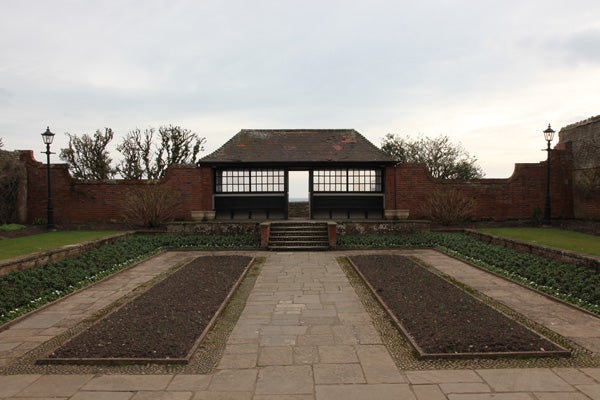
—-
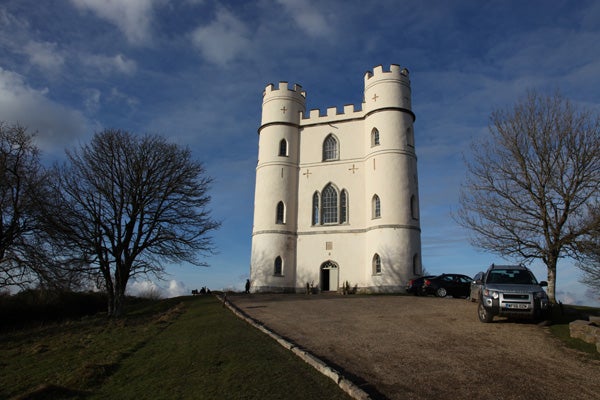
—-
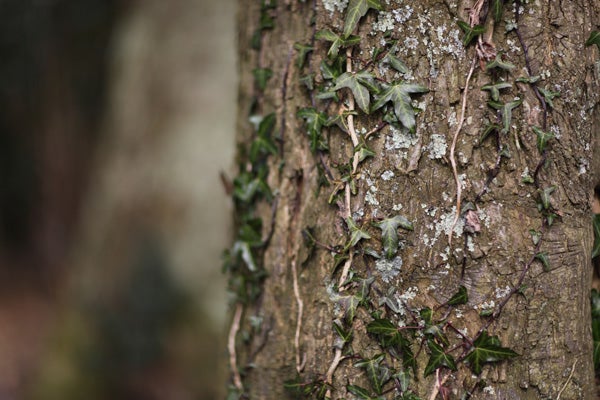
—-
Trusted Score
Score in detail
-
Value 9
-
Image Quality 10
-
Build Quality 10
Features
| Camera type | Digital SLR |
| Megapixels (Megapixel) | 21.1 Megapixel |
| Optical Zoom (Times) | By lensx |

